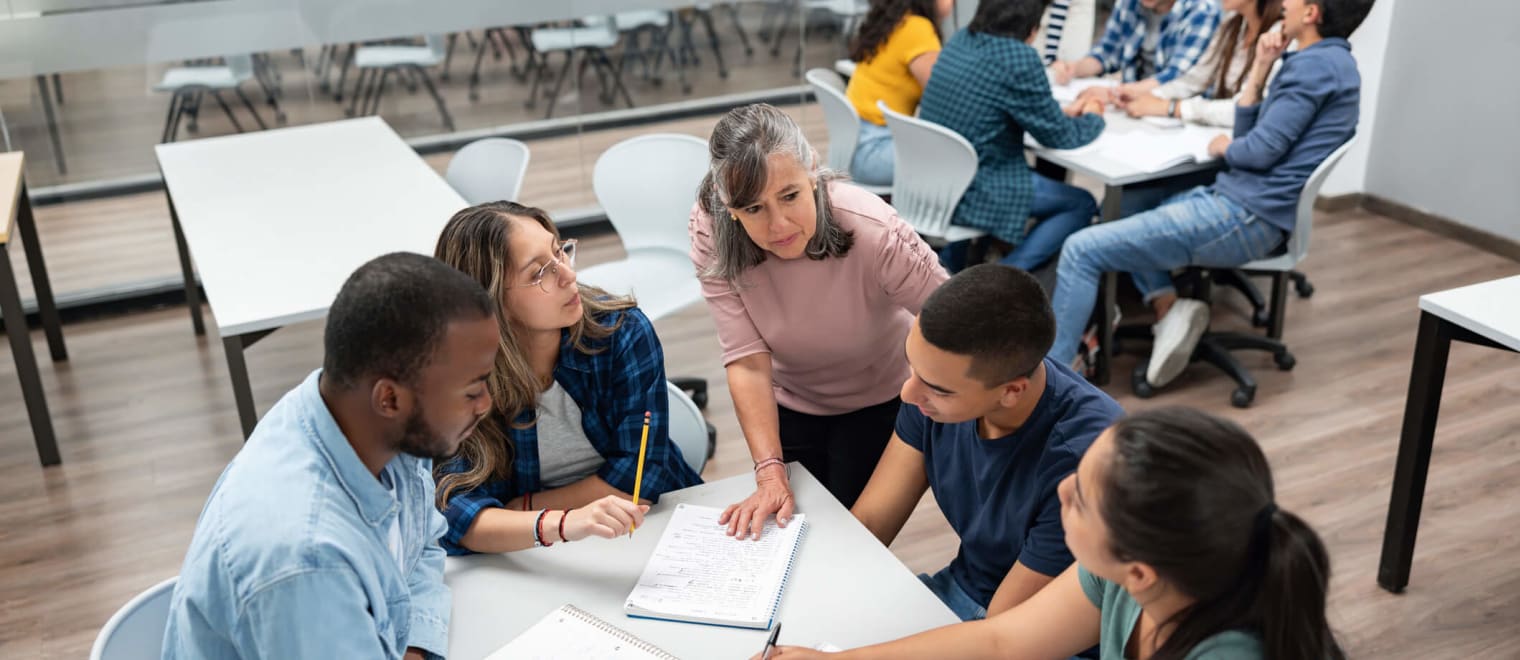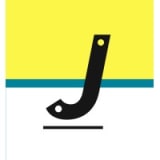This informal CPD article, ‘Instruction vs. Education: What’s the difference?’, was provided by Jackafal, a learning design consultancy with a focus on inclusion and learner engagement. They work with traditional and eLearning, virtually and in-person, to customise learning to best suit individual needs.
Instruction and education are two terms that are often used interchangeably, but in reality their roles in learning are very different. Whether training for a new position or upskilling in your role, examining the difference between these terms can help you better understand the learning process, and enhance your ability to pick the best tools for your own learning journey.
Exploring Instruction
Have you ever sat through an hour-long lecture where the facilitator just speaks at you and expects you to listen and absorb? What you experienced was a type of instruction (albeit a particularly boring example of it!).
Instruction is when a teacher or facilitator provides information to learners, with the aim of them taking in that information. Instruction normally consists of:
- Lists of facts
- Following an exact method or set of instructions
- Copy and repeat
- Learning by rote
A lot of traditional teaching methods, from school all the way up to professional development, are quite heavy in instruction. It’s a great method for initially teaching people specific technical information, and is important when you need to soak up large amounts of new facts that don’t require much manipulation or transformation to be useful.
The downside is that instruction is essentially a sophisticated way of teaching you to copycat. You may understand information you have been taught through instruction well, but if you change the context, you could struggle to apply it outside of its original environment.
Providing Education
While instruction relies quite heavily on facts and methods, education is a broader term encompassing activities and techniques which encourage learners to apply their knowledge, given different contexts and applications.
Education comes from the Latin root ‘educare’, which means to ‘draw out’. Instead of feeding facts to the learners, education encourages a more holistic approach to learning. Educational activities are often designed for learners to bring out and question the thoughts, assumptions, and new or existing knowledge they already have, to enrich their understanding of a given topic.
Education-rich activities in learning environments tend to include activities such as:
- Reflection exercises
- Group discussions
- Interdisciplinary projects
- Creative brainstorming exercises
Where instruction tends to be quite structured, a bigger focus on education as a whole can mean that learners have high levels of agency and self-direction, and can explore the topics that are most relevant and interesting to them. It can also lead to more holistic educational benefits, as learners may stray into topics that are tangential to the original topic, and learn from each other’s experiences.
That said, because education is such a broad term, accurately measuring the progress someone has made in educational terms is a difficult task: the results may not fit as neatly into testable boxes. As well as this, given the large element of self-direction and self-reflection in education, if learners feel overwhelmed or unmotivated, they may not learn as much or as thoroughly.
Which is better?
The short answer is, neither - or rather both! The longer answer is it depends on the context, and the best results are often obtained by combining the two.
To understand the building blocks of a topic, it is essential to collect and absorb new information about that topic, which could range from anything steps in a process, to dates and names. But ultimately, being able to apply and explore that knowledge in real life is the overall goal, and in order to do that, learners also need to be encouraged to play with their newfound skills in flexible, learner-led ways that work best for them. Good learning experiences will almost always include a carefully balanced mix of instructional and educational materials, whether those are delivered in person, through hybrid learning, or eLearning.
As a learner, you can use this understanding of instruction and education to your advantage and ensure you have the best learning experience possible in your professional development. When exploring a new topic, consider carefully what parts of the course have been instructional, and which are educational. If you notice a lack of instructional content, you can ask the facilitator for further resources (or research your own to share with the class). Alternatively, if you feel you are familiar with the facts but do not yet have a broader understanding of the topic, you can ask the facilitator how the material would apply in different contexts - or spark up conversations with fellow classmates about how this could apply to your own role.
We hope this article was helpful. For more information from Jackafal, please visit their CPD Member Directory page. Alternatively, you can go to the CPD Industry Hubs for more articles, courses and events relevant to your Continuing Professional Development requirements.













